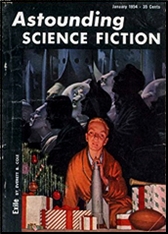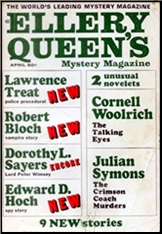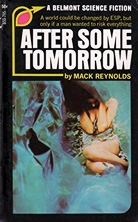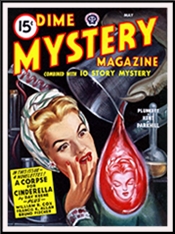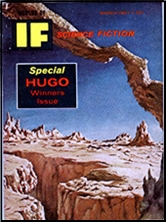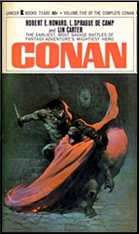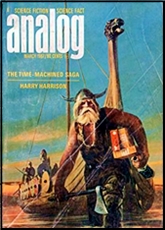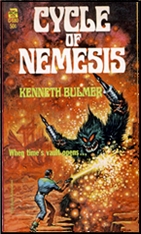Wed 2 Nov 2022
Archived SF-Fantasy Diary Review: ANDRE NORTON – Year of the Unicorn.
Posted by Steve under Diary Reviews , Science Fiction & Fantasy[6] Comments
ANDRE NORTON – Year of the Unicorn. Witch World series. Ace F-357, paperback original, 1965. Cover and interior art by Jack Gaughan. Reprinted many times. Collected in The Gates to Witch World (Tor, hardcover, 2001).
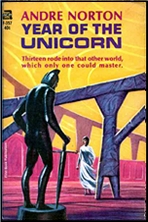
Gillan’s story begins in an abbey, where she has spent the last eight years. She is of unknown origin, having been captured from the Hounds of Alizon by a lord of High Halleck as he fought to free his homeland. Her past is of importance, however, for she has the ability of true-sight, to see the thing behind the thing.
As she tells her story, of her marriage to a Were-Rider as part of the Great Bargain, of the evil magic which produces two Gillans, and of her desperate struggle to reach the false one before she fades to the world of her dreams, this ability grows more controllable and both aids her and brings about the troubles she faces.
Evidently she has blood of the witches of Estcarp, stories of whom have been previously told but not read; still, this book stands well enough on its own. This is an interesting world, where magic can be performed by some and swordsmanship is a necessary art. But, as fantasy, there is too much a feeling that the author has too much power at her command, especially at the end as Gillan and Herrel fight for their lives.
The book begins slowly, difficult reading, but as the story becomes clearer so does interest rise. Then long chapters drag on without dialogue as she struggles her way alone to the land of the Were-Riders. On the other hand, many scenes are quite effective, and the quality of the archaic, picturesque language Norton uses adds a great deal to the tale.
Rating: ****
